How to relaunch a site without messing up your SEO

Introduction
To relaunch a site without messing up the SEO, the URLs should be cataloged in the old site and the same URLs or proper redirects in case of reorg, managing the robots.txt file and setting up Google Search for monitoring the site regularly. Read till the end to learn the details of relaunching the site and building on the SEO rankings of the old site.
Things to do on the older site
Run a spider and get a list of all URLs on the older site. You will generally find four categories of URLs: 200 (Properly functioning), 301 (Permanent redirects) and 302 (Temporary redirects) and 404 (Not Found). For more info on HTTP response codes, go here.
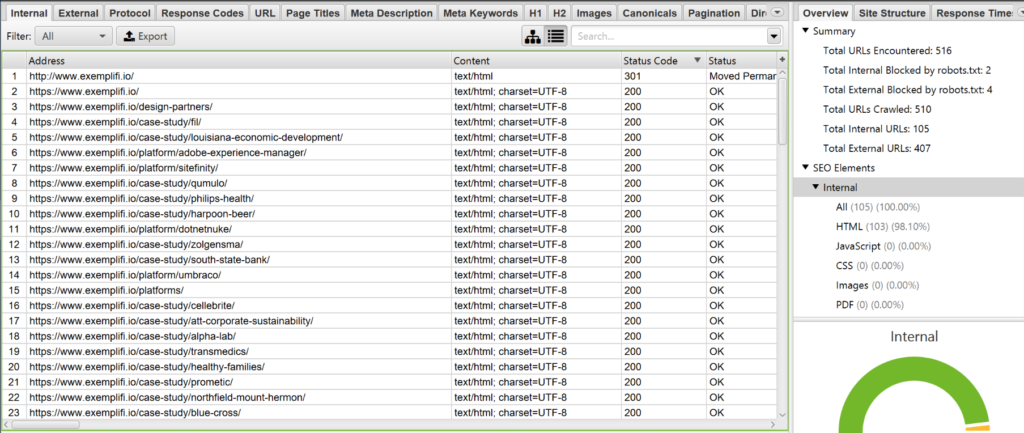
The 404s are typically discarded. The 301s and 302s need a discussion with the client to make the appropriate decisions. As for the 200s, you should attempt to retain the same URLs as this minimizes the SEO impact. But if there is a major reorg of the URLs underway, then you will need to setup the appropriate 301 redirects between the old URLs and the new URLs.
You should also closely analyze the robots.txt file and get familiar with all the rules. Some of these rules will be discarded and others will continue onto the new site.
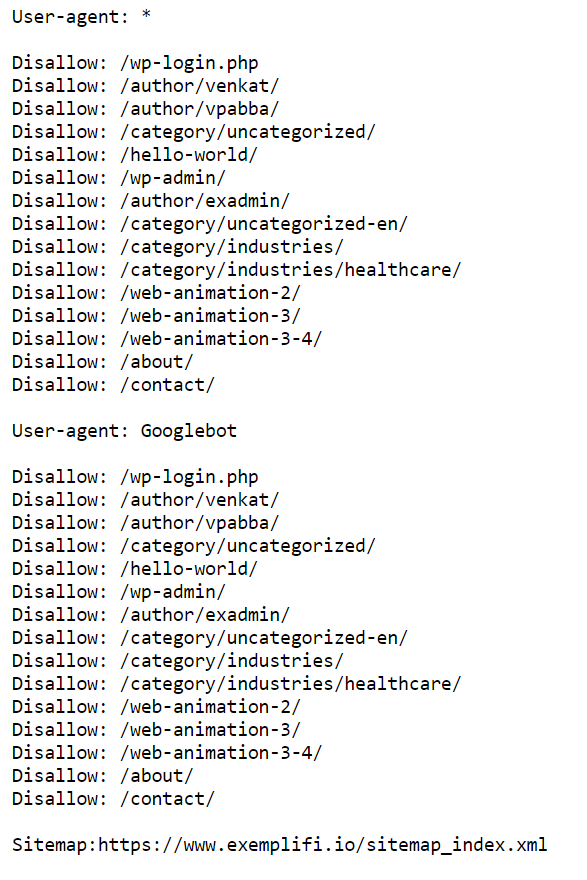
Things to do with the New Site
As mentioned earlier, you should strongly attempt to keep the same URLs, but if you need to undergo a reorg make sure to setup the proper redirect rules. These rules can be set in many different places such as the .htaccess file or on the admin console of your hosting provider.
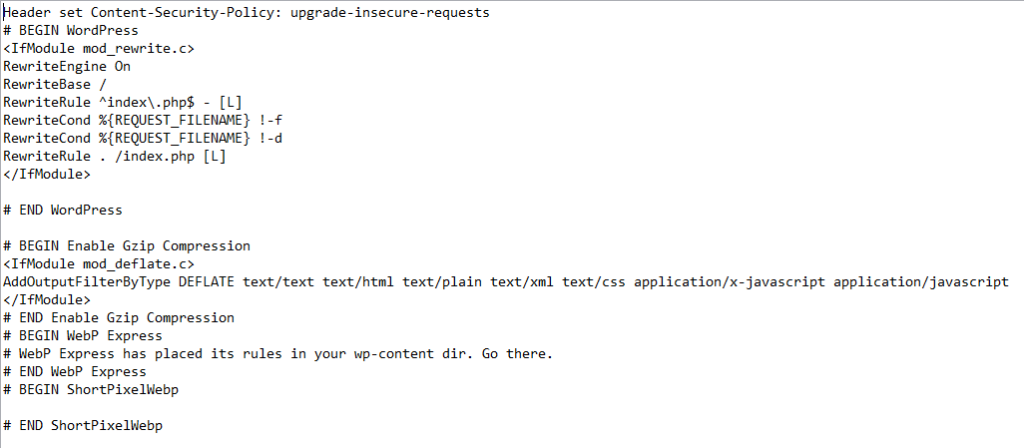
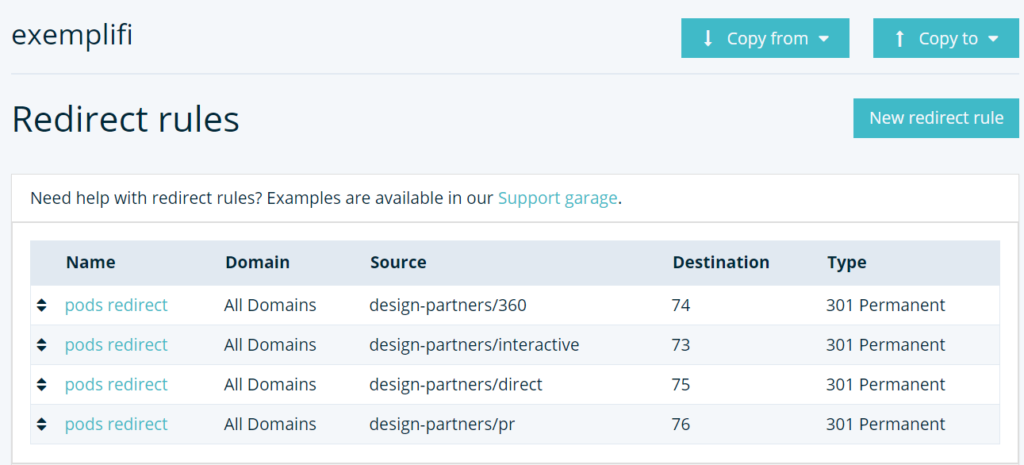
After the site is built, run a spider to get the overall list of URLs. If your site is powered by a CMS, it will auto-generate a lot of URLs related to “Authors”, “Tags” and “Categories”. You will need to make decisions about whether you want these pages to be indexed and incorporate these rules in the robots.txt file.
Finally, be sure to install good modules within your CMS that make it SEO-friendly and provide features such as sitemap submissions, managing URLs and robot file management. Yoast, for example is a very popular SEO product for WordPress.
Google Search Console
The Google Search Console is an essential tool for understanding the state of your SEO while relaunching your site and also to monitor it on an ongoing basis. You will typically need to work with your webmaster to connect your domain with it. For further instructions click here.
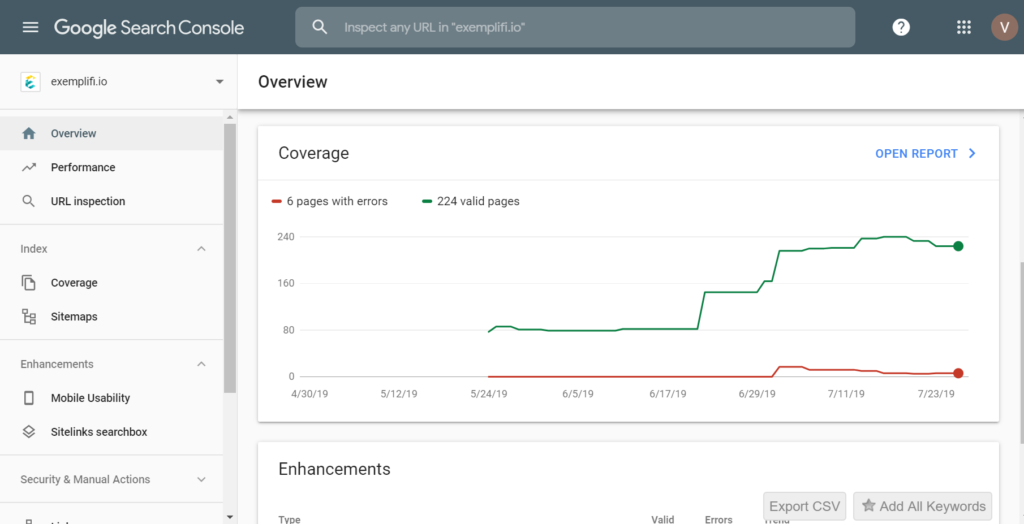
In the URL inspection tab, you can type in any URL of your site and know the status. Is it indexed properly? Are there any issues?
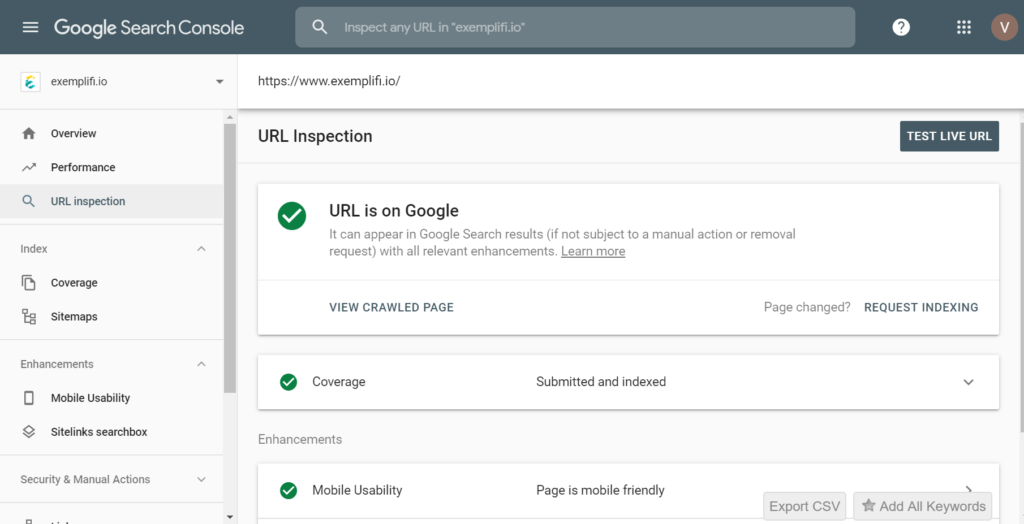
The coverage tab provides a detailed overview of all valid URLs, excluded URLs and any errors based on the latest crawl.
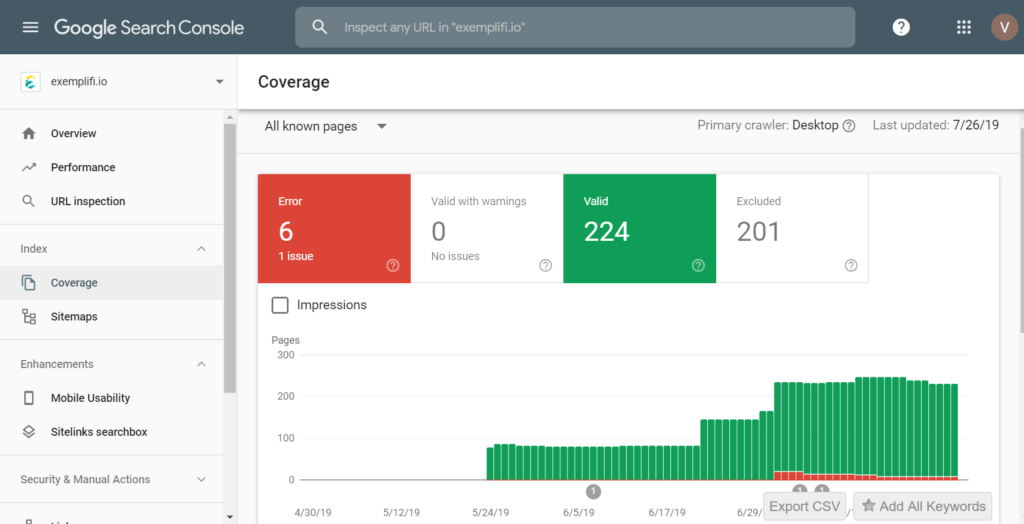
The Sitemaps tab is where you submit your sitemap.
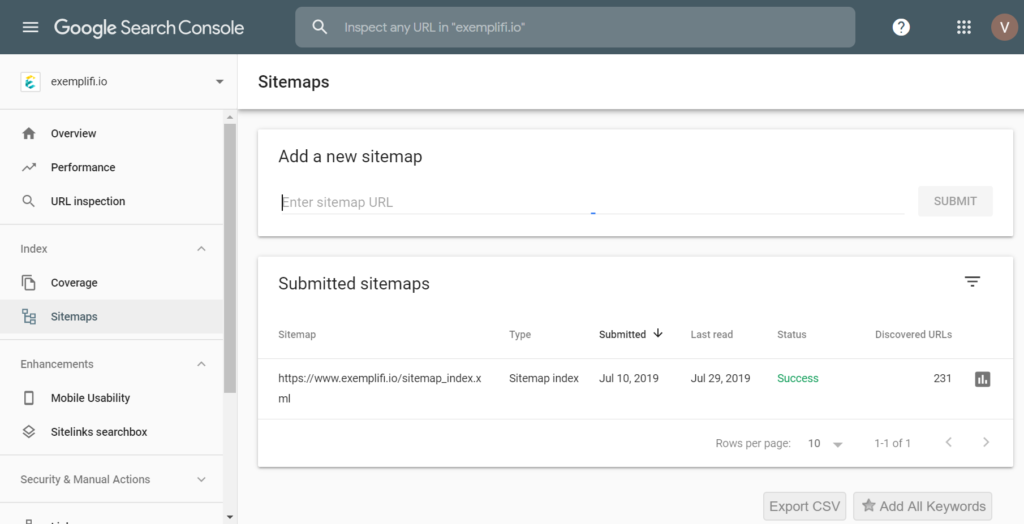
The Mobile Usability is quite helpful in identifying any mobile specific issues on your site.
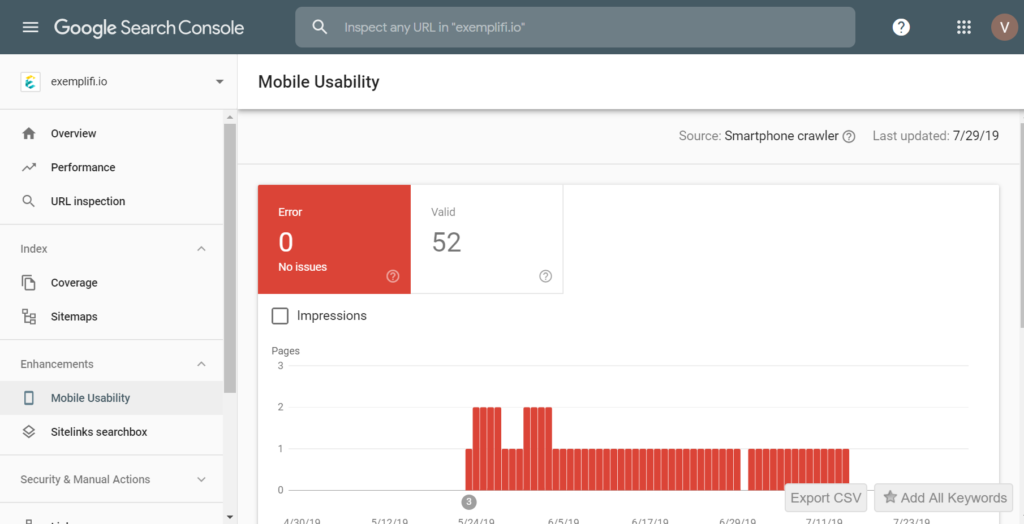
A very useful feature is the regular alerts that it sends when it sees any errors on the site.
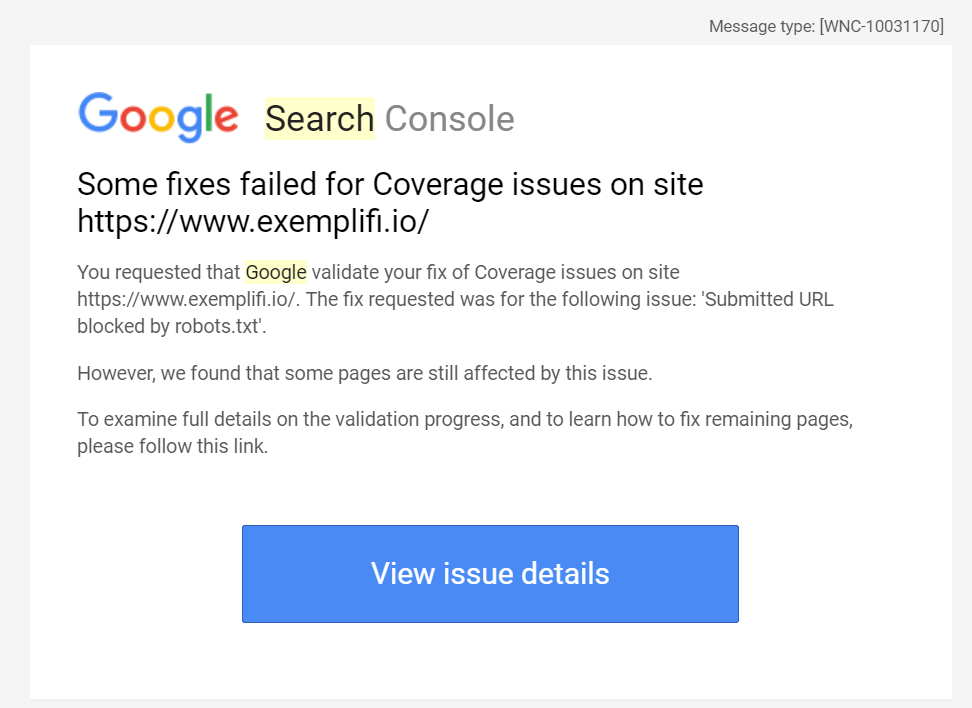
In summary, with a few simple steps and good planning, your new site can retain and build on the SEO rankings of the older site.